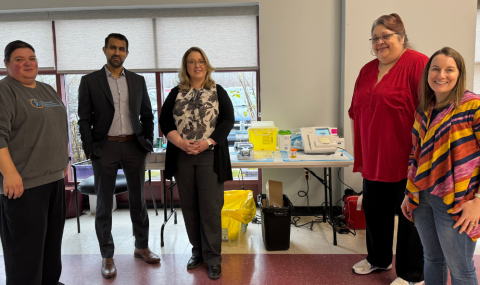Pathology and Laboratory Medicine (PaLM)
Pathology and Laboratory Medicine
Pathology and Laboratory Medicine (PaLM) is a joint venture of London Health Sciences Centre (LHSC) and St. Joseph's Health Care London. We are committed to providing a comprehensive range of routine and specialized testing and clinical consultation for patient care within Southwestern Ontario and beyond.


